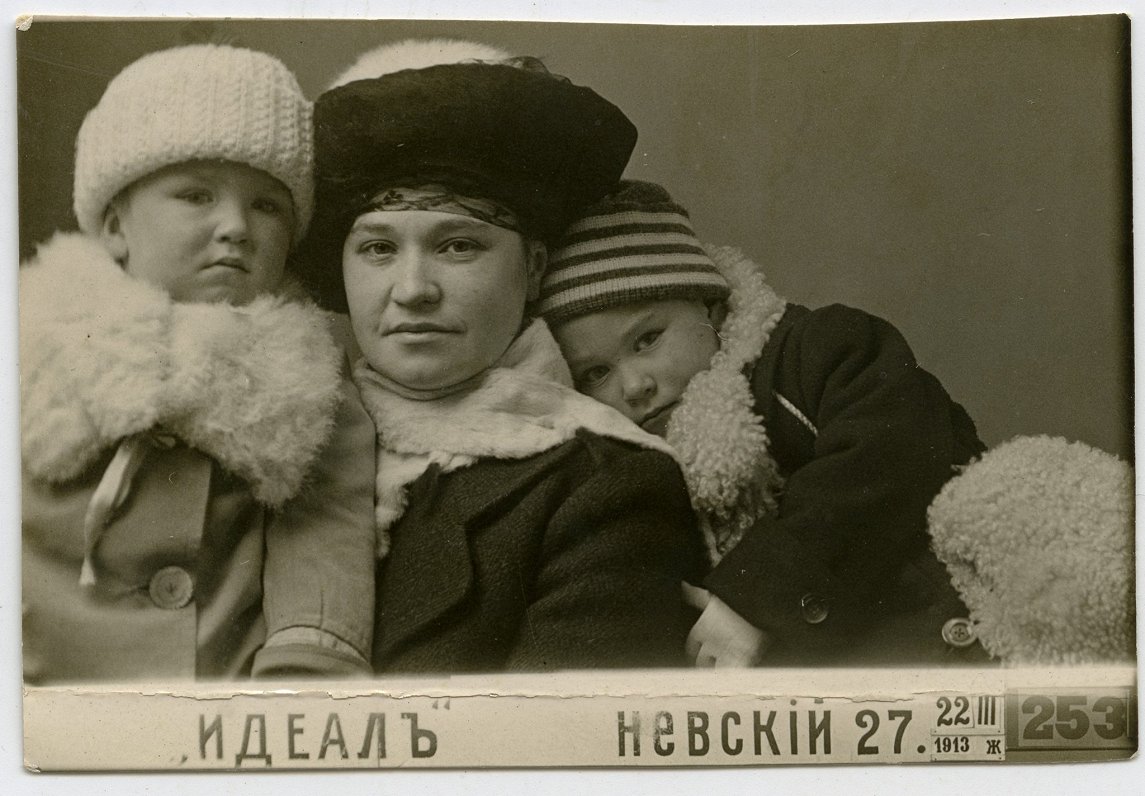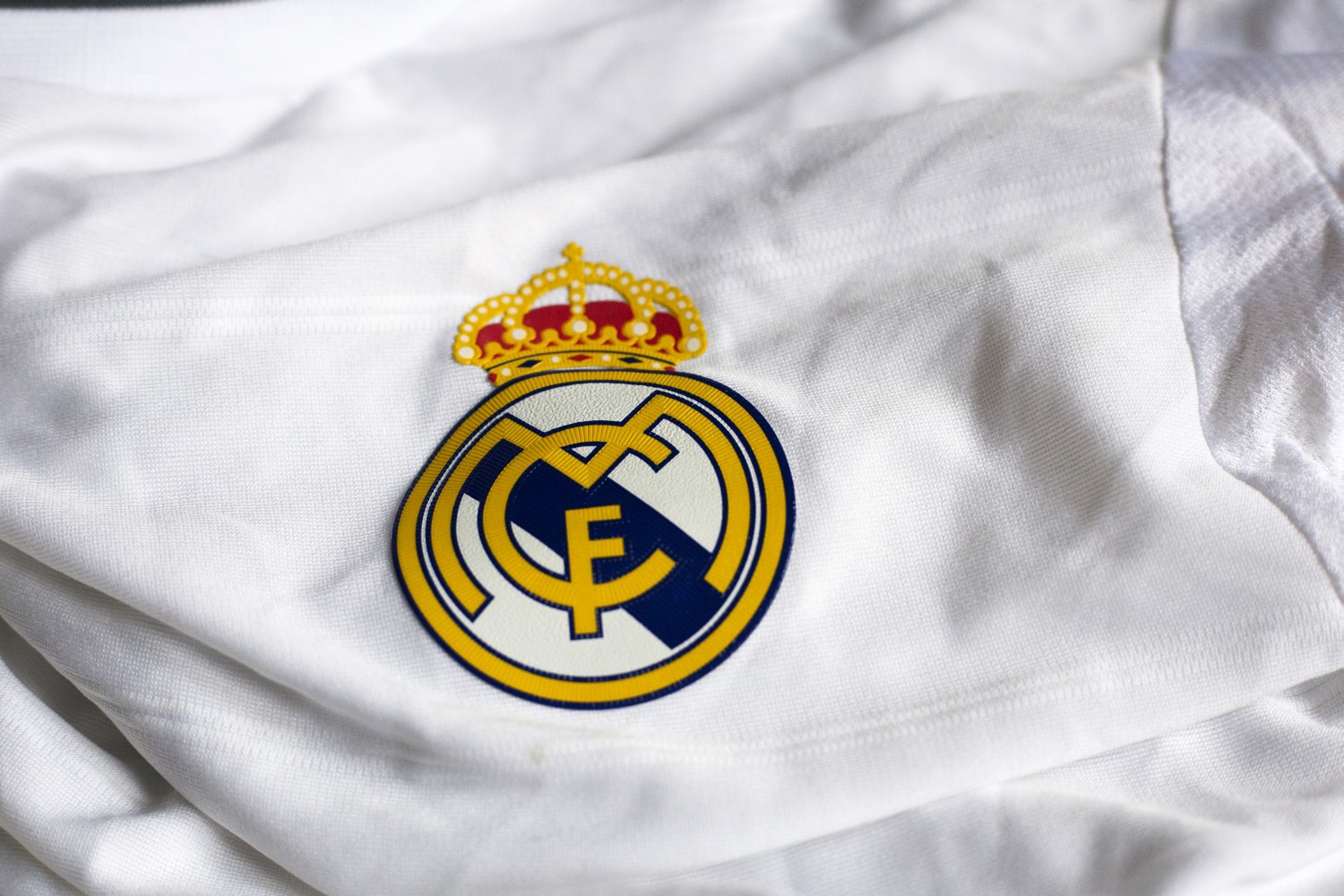Five children are born in the family of Latvian lawyer Friedrich Grosvalds and his wife Maria. As a child, they all learned foreign languages, played the piano, learned to paint, or simply grew up intelligent.
The eldest son Oļģerts Grosvalds became a diplomat who worked in the Latvian Foreign Service for 43 years and represented Latvia in 10 countries as an ambassador. The second son Jāzeps Grosvalds (called Joe in the family) was one of the pioneers of modernism in Latvian painting – he especially focused on the theme of refugees and riflemen, adored Paris and later became a senior lieutenant in the British Empire. Both daughters, Lina Grosvalde and Margaret Grosvalde (later Ternberg), worked in the Foreign Service, and Margaret later worked in the Swedish Intelligence Service. The third daughter – Mērija Grosvalde (later Grīnberga) became a researcher and popularizer of Latvian ethnography, as well as in Riga, 20 Aspazijas boulevard, opened her applied art salon.
Currently, the most famous member of the family is Mary Greenberg’s daughter Mary Greenberg’s youngest. Mary’s heroic work was largely highlighted by the writer and director Kristine Želve, who in 2018 made the film “Mary’s Journey. The story of the Grosswald family ”. Afterwards, Želve together with curator Ieva Kalnačs created an exhibition of the same name at the Latvian National Museum of Art, but this year has come up her registered family biography “Grosvaldi”.
Mary was a museum employee who occasionally helped her mother work in the applied arts salon. At that time, there was no indication that she would play a major role in the history of Latvian art. When the German occupation army decided to take away 700 boxes of valuables from the Latvian museum collection, Mary was the only volunteer to accompany them. Later, the art values became the property of the Russian Red Army again, and Mary brought them back to Latvia – now in only 400 boxes. Unfortunately, trains were often robbed, so some of the art treasures had disappeared during the journey of about a year and a half. Mary had the opportunity to stay in the West, but she chose to return because of a sense of mission or love of her homeland.
In Riga, she got a job at the State Historical Museum and lived with her mother in two rooms in her former 9-room apartment, which had now become a communal apartment for several families. After Stalin’s death in the thaw period, Mary got a job as a librarian at the State Museum of Latvian and Russian Art, where she worked until her death. Mary’s brother Emmanuel Greenberg became a prominent mathematician, and the Greenberg theorem is named after him. Evidence of family life has been preserved in the diaries of Mary’s mother, sister Margareta and brother Jāzeps, allowing to get acquainted with the whole complex and tragic history of Latvia in the 20th century through the story of the Grosvalds family.
The various stops of the Groswald family life can be followed on the portal LSM.lv and social network Facebook account# Grosvaldi1921”, The author of which, of course, is now called Grossvaldian Kristīne Želve.
–
Highlight text and press Ctrl+Enterto send the text to be edited!
Highlight text and press Report a bug buttons to send the text to be edited!
–
–

/i/2001954557.png?f=fpa)
